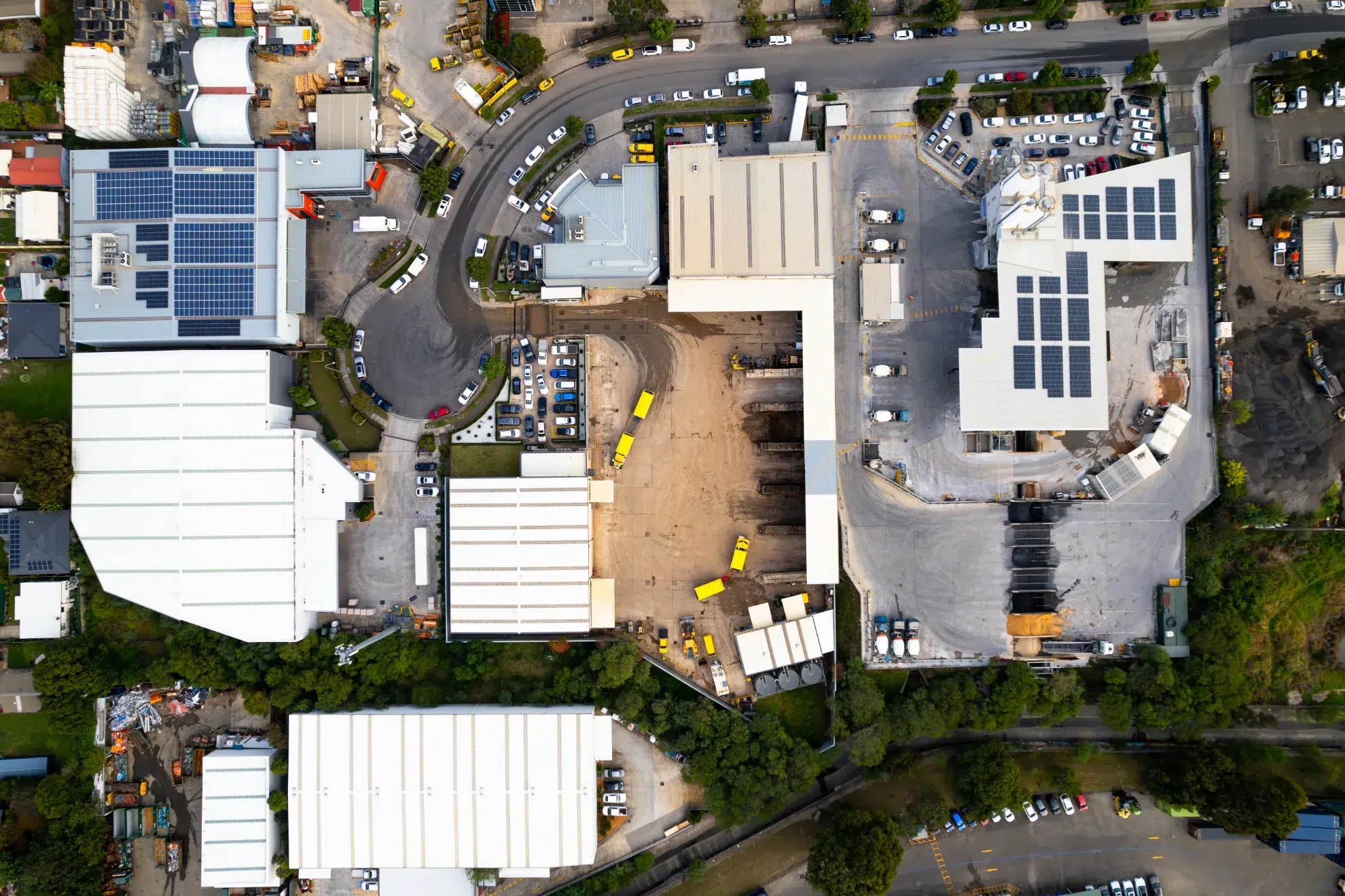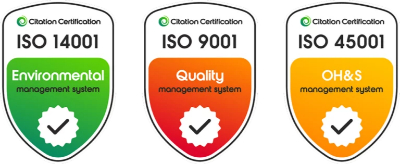Congratulations! You've completed your renovation project and are ready to enjoy your beautiful new space. However, before you can truly relax, you need to tackle the post-renovation clean-up, which can feel overwhelming with all the leftover construction and renovation waste. But fear not! This guide will equip you with the knowledge and strategies for efficient waste removal, leaving you with a clean and clutter-free space.
Understanding Construction and Renovation Waste
Construction and renovation projects generate a variety of waste materials, including:
- Drywall scraps
- Wood and lumber leftovers
- Metal scraps
- Brick and concrete debris
- Packaging materials
- Old flooring and fixtures
Disposing of Waste Responsibly
It's crucial to dispose of construction and renovation waste responsibly. Not only is it important for environmental protection, but improper disposal can lead to fines and penalties. Here are some key points to remember:
- Identify Waste Types: Before sorting, categorize your waste according to materials. This makes disposal easier and may help you identify opportunities for recycling.
- Check Local Regulations: Always check with your local council for specific guidelines and regulations regarding construction waste disposal in your area. Some materials may require special permits or disposal methods.
- Recycling Opportunities: Explore recycling options for certain materials like wood, metal, and concrete.
Tips for Efficient Waste Removal
- Estimate Waste Volume: Accurately assess the amount of waste you expect to generate.
- Book Your Skip Bin Early: Reserve your skip bin in advance, especially during peak renovation seasons, to avoid delays in your clean-up process.
- Sort Waste During Demolition: As you demolish or remove old materials, separate them by type into designated piles or containers. This simplifies sorting and disposal later.
- Utilize Cardboard for Dusty Debris: Use large cardboard boxes or sheets to collect dusty debris like drywall scraps and insulation. This helps control dust and keeps your clean-up area more manageable.
- Break Down Large Items: To maximize space in your skip bin, break down bulky items like old cabinets or furniture into smaller pieces.
- Keep Hazardous Materials Separate: Never dispose of hazardous materials like paint, solvents, or chemicals in your skip bin. These require special handling and disposal methods. Contact your local council or a waste disposal specialist for proper disposal guidelines.
- Maximize Skip Bin Space: Fill your skip bin efficiently, stacking lighter materials like wood on top of heavier items like concrete or bricks. Avoid overloading the skip bin, as this can pose safety hazards and lead to additional charges.
- Schedule Skip Bin Pick-Up: Once your skip bin is full, arrange for prompt pick-up by your chosen skip bin hire company.
Additional Considerations
- Professional Cleaning Services: Depending on the scale of your renovation, consider hiring professional cleaning services to address dust, leftover debris, and cleaning needs that go beyond waste disposal.
- Safety Measures: When handling construction waste, especially dusty materials, wear appropriate safety gear, such as gloves, goggles, and respirators.
Benefits of Hiring a Skip Bin Company
Hiring a reputable skip bin company like Aussie Skips offers several benefits:
- Convenience: Skip bins provide a dedicated space for waste disposal, saving you time and effort from multiple trips to the landfill.
- Variety of Sizes: Skip bin companies offer a range of sizes to accommodate different project waste volumes.
- Responsible Disposal: Reputable skip bin companies ensure proper waste disposal according to local regulations.
By following these tips and utilizing the services of a reliable skip bin hire company like Aussie Skips, you can streamline your post-renovation clean-up process and swiftly transform your newly renovated space into a clean and enjoyable environment.




